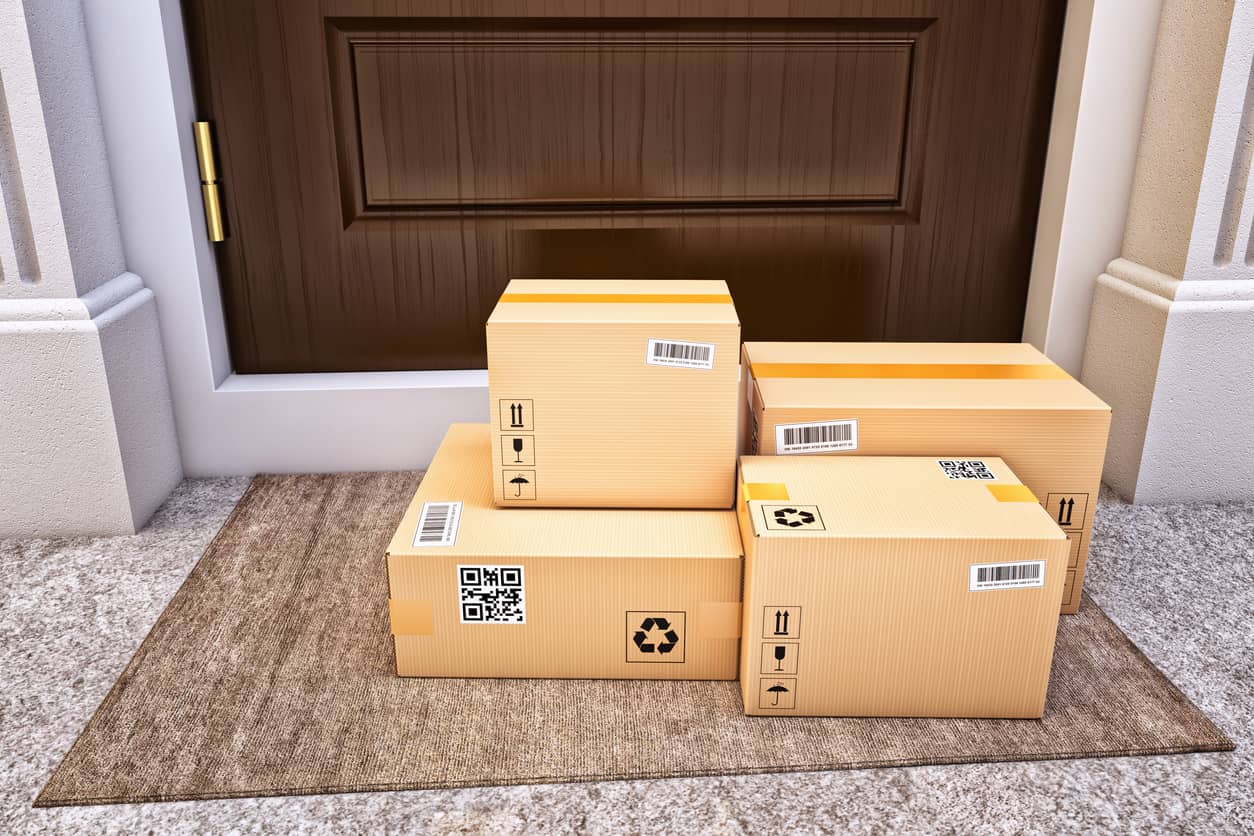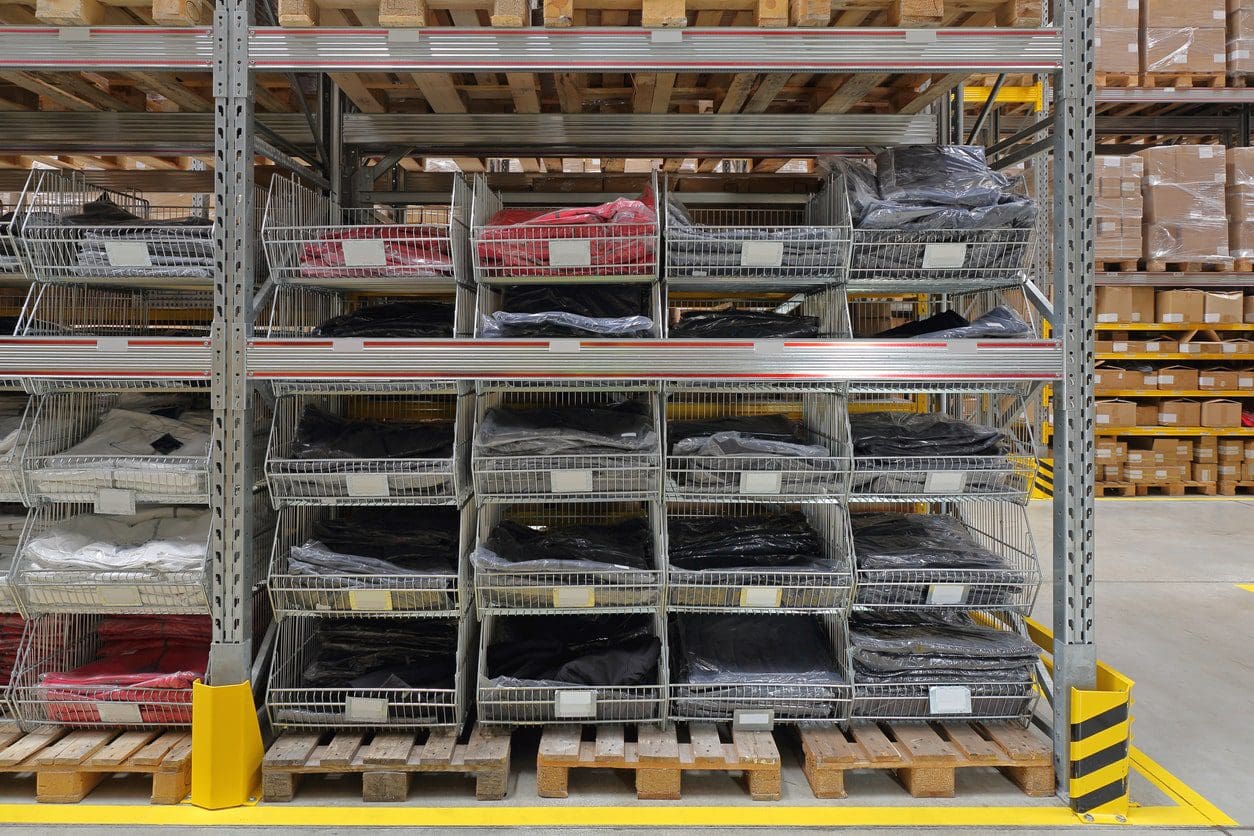Managing your Amazon inventory is key to be successful on Amazon. Don’t ignore your stock health and risk your reputation because of poor management.
You may not believe it, but a healthy inventory is one of the cornerstones for a healthy Amazon business.
Improper inventory strategy generates serious impact on your business:
· Product listings go down on search results
· Sales and customer reviews take a bad hit
· You can’t accept orders for back-ordered items
Proper Amazon inventory management attracts shoppers. It also reduces stock costs, spoilage and losses.
An efficient stock handling strategy helps Amazon sellers keep products in stock and sales flowing. It’s also crucial to keep an ample inventory while satisfying customers’ and seasonal demands.
To help you keep a great inventory management, we’ll share 6 strategic tips to handle your Amazon inventory like a pro seller.
1 – Use the Amazon Inventory Management Tools
Small businesses tend to manage and track inventory on spreadsheets. This is time-consuming and prone to error.
You can keep better track of your Amazon inventory through Seller Central. The dashboard has a suite of free stock management tools to automate your inventory.
Amazon Selling Coach
The Amazon Selling Coach reviews sales trends and gets an estimate for the days your current Amazon inventory can cover.
The data is based on actual sales figures, which is perfect to forecast inventory purchases. You can plot out trends to determine required stock levels over different seasons.
Manage Inventory tool
The Manage Inventory tool displays detailed data about your products. Amazon sellers can get a comprehensive report to make sound inventory decisions. It also allows you to:
- Add new products
- Change pricing and/or quantity
- View seller fees per product
- View active, inactive, and suppressed listings
- Survey FBA shipments at every stage
- Track FBA or merchant-fulfilled stock levels
Manage Excess Inventory
This tool provides you with information to help manage your inventory levels. Amazon calculates excess inventory based on:
- Economic inputs – Unit cost and recovery rate
- Sales data – Demand forecasts and price elasticity
The Estimated Excess quantity calculated by the units for which the cost of holding your inventory would likely be more than the cost of taking an action to reduce excess units.
This value is based on product demand and your costs (fees, unit costs, and cost of capital inputs), and estimates the level of inventory that could give you the highest return on your inventory investment.
If the following conditions are met, Amazon will identify your items in stock as excess inventory:
- At least one unit of inventory is more than 90 days old.
- The product has over 90 days of supply.
- The cost of holding your inventory is more than the cost of taking action to reduce excess units.
Inventory Health Report
Access the Inventory Health Report to review the total unfulfillable and sellable quantities of products. This data is ideal to study sales rates at different seasons, and inventory health.
The report also shows:
· How many items have been sold in the last 30 days
· Weeks of cover based on the previous 30 days of sales
· The lowest competing price for each product listing
Removal Report
The Removal Report displays Amazon’s recommendations for product removals. Here, sellers can choose to have products returned, liquidated or removed. This way, you can avoid being charged with a long-term storage fee.
2 – Understand Your Inventory Turnover and Sell Through Rates
Do you know how fast you sell and replenish your Amazon inventory? That’s your inventory turnover rate. It can be found by dividing the total sales by the average inventory during a given time period.
Inventory Turnover Rate = Total Sales / Average Inventory
You should also determine your sell through rate to optimize your Amazon inventory management.
Sell through rate = (No. of sales / Stock on-hand) x 1000
The sell through rate shows inventory sold compared to inventory purchased. It indicates how quickly you’re selling inventory, and if a specific product sale is paying off.
Knowing your Amazon inventory turnover and sell through rates will point out the areas you need to focus on to optimize your inventory.
· Track how many times you have sold and replenished stock
· Estimate the stock levels you need to keep between inventory shipments
· Avoid over-buying or under-buying when you reorder stock
· Plan inventory purchases and setting discounts
· Analyze pricing and marketing strategies
· Close gaps between manufacturing and the supply chain
· Move through slow-selling items
NOTE: To get your average inventory, add the beginning inventory and the ending inventory, then divide it by 2.
3 – Understand Your Supply Chain Lead Times
Supply chain refers to the inventory movement from initial sourcing to arrival in a warehouse. Lead time is the timespan it takes for stock to arrive once ordered.
Know your supply chain and lead times. This data will allow you to spot the nuances involved in sourcing, receiving and storing your Amazon inventory.
Sellers who understand their supplier lead times can avoid ordering too much stock, and ordering too late. It is also great info to stay on top of manufacturing and delivery schedules.
4 – Use Inventory Forecasting
Inventory management requires precise forecasting to determine when to order more inventory, and how much.
Look at it this way–Sometimes you will need a lot of inventory to meet demand. Some other moments will demand less stock.
Predicting how much inventory is needed is called inventory forecasting. It is broadly based on re-order quantities, sales trends and inventory levels.
Forecasting Amazon inventory is crucial to tackle sales fluctuations. For example, holidays affect inventory because of peaks or drops in customer demand.
Proper forecasting will let you increase goods in high demand during peak sales cycles. You’ll also be able to decrease slow moving products during certain seasons.
Related content: 5 Ways Inventory Financing Can Grow Your Amazon Sales and Company
5 – Strategic Promotions and Sales
Seasonal discounts and promotions speed up sales, but be careful you don’t drain your inventory. Being out of stock at such times just creates backorders, bad reviews, and low Amazon rankings.
Plan your promotions to avoid setbacks on your Amazon inventory. A good strategy is to set a threshold for a specific set of promoted products. Once you hit that number, stop the promotion to avoid running out of items.
Check Amazon’s Seller Central constantly during a promotion. If you begin to run out of stock, you can stop the promotion at once. Then, you can increase prices to slow down demand.
A Few Extra Tips
Keep Some Safety Stock (if Needed)
If luck strikes, you’ll deal with an unexpected high demand for your stock. So, you may need to store some safety products beforehand.
But, how do you decide if it’s the right thing to do? And how much is ‘the right amount’? Review each listing for the past 12 and decode:
- Maximum daily sales
- Maximum lead time
- Average daily sales volume
- Average lead time
Then, just do the math:
Safety Stock = (Max. daily sales x Max. lead time) – (Av. daily sales vol. x Av. lead time)
This will give you a calculated idea of the safety stock you’ll need for each product.
Consider Dropshipping
When you drop-ship, you buy products from a retailer or manufacturer who fulfill the customer orders directly.
This frees you from shipping and keeping an inventory. Instead, you simply list products and tell the supplier when one is sold. Then, the manufacturer takes care of the rest.
The main downside of dropshipping is that you cannot ensure that packing and shipping is handled in a proper way. So, shoppers may get damaged products or no products at all.
Amazon Liquidation Program
If no option above is worth the effort or you think that it will hurt you in the long run, you can choose the Amazon Liquidation Program.
Liquidating inventory can often mean taking a loss. It may just be the best choice, however, if keeping the inventory means losing even more.
Just note that Amazon offers only between 2.5% and 10% of the item’s original listed price. Also, you can’t back out once the product has been accepted.
Final Thoughts
It doesn’t matter if your inventory needs are big or small. Managing your Amazon inventory is key to be successful on Amazon.
Apply the tips in this post as best you can to take control of your Amazon inventory. Don’t ignore your stock health and risk your reputation because of poor management.
Better to understand the problems you face when you let you run out of inventory run out, and how you can prevent this.









